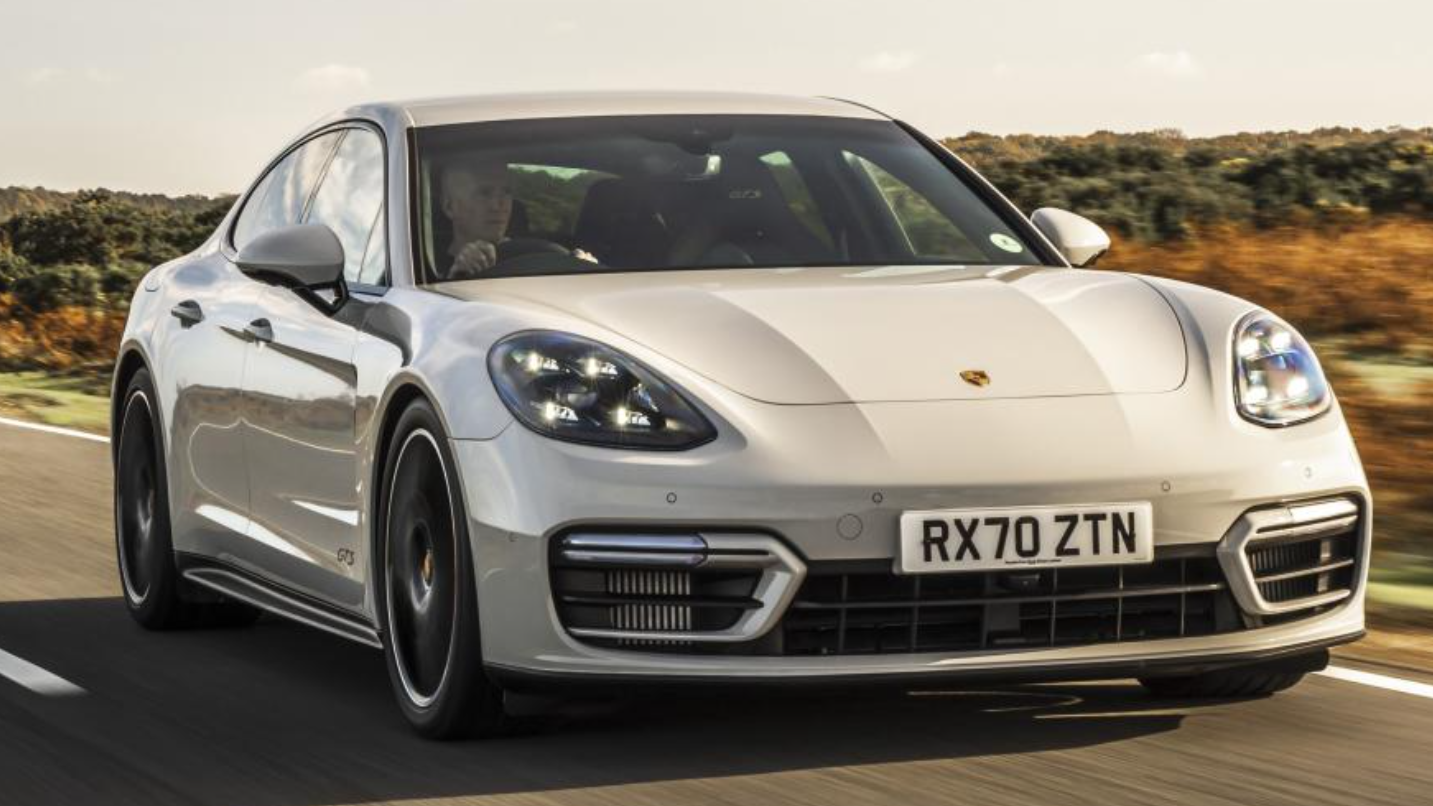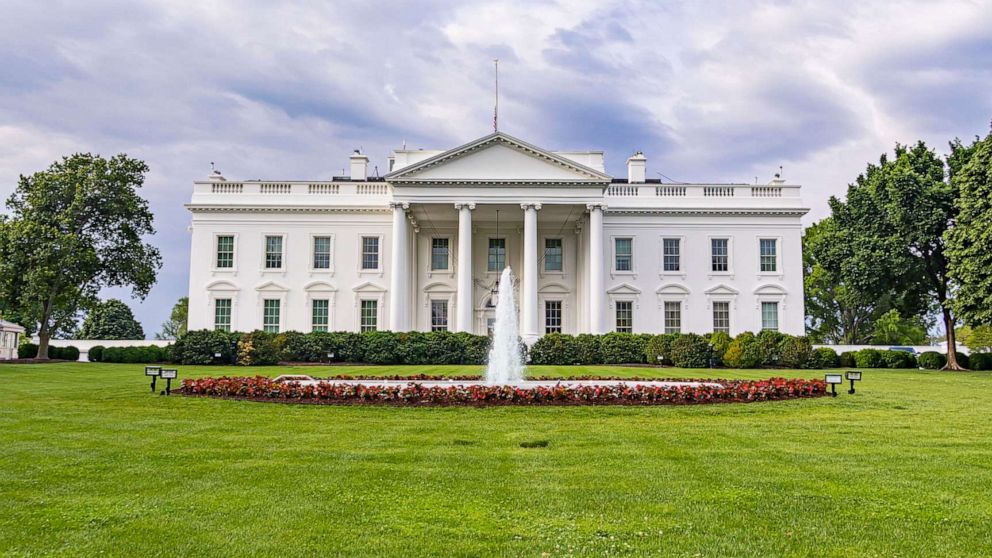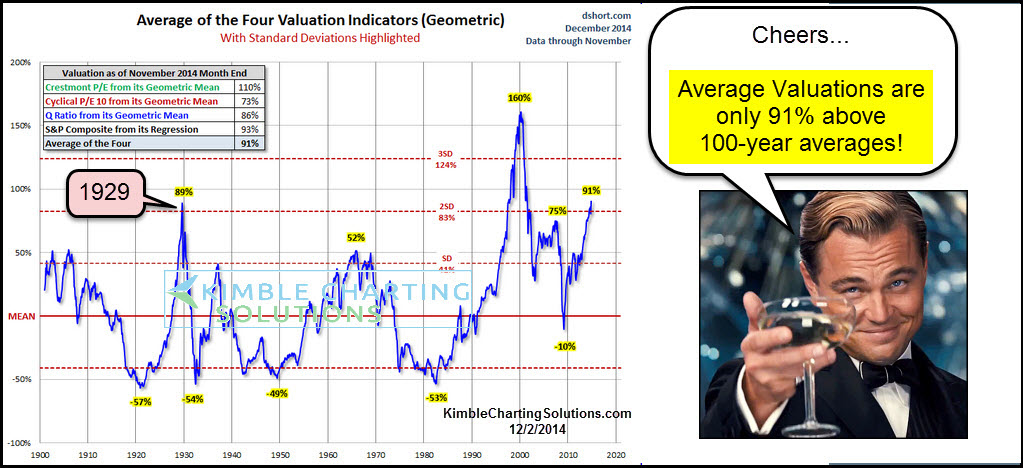The China Market And Its Implications For BMW, Porsche, And Other Automakers

Table of Contents
The Sheer Size and Growth Potential of the Chinese Automotive Market
The sheer scale of the Chinese car market is staggering. With millions of vehicles sold annually, it dwarfs other major markets like the US and Europe combined. This isn't just a snapshot; the Chinese automotive market forecast paints a picture of continued, albeit potentially slower, expansion. Several factors fuel this growth:
- Rising Middle Class: A burgeoning middle class with increasing disposable income fuels demand for personal vehicles, particularly in urban areas.
- Urbanization: Rapid urbanization across China leads to increased car ownership as people move from rural to urban environments.
- Government Policies: Supportive government policies, including infrastructure development and incentives for electric vehicle adoption, further stimulate market growth.
Specific statistics paint a clearer picture: While growth rates have slowed recently, the market remains incredibly significant. Projections vary, but consistent growth is anticipated for the coming years, particularly within the electric vehicle (EV) segment. This growth is spread across various segments, including luxury cars, where brands like BMW and Porsche compete fiercely, as well as the mass-market segment and the rapidly expanding EV sector. Understanding the unique dynamics within each of these segments is crucial for success.
Challenges Faced by Automakers in the China Market
Despite its enormous potential, the China market presents considerable challenges for international automakers:
- Intense Competition: The Chinese automotive industry is incredibly competitive. Domestic brands like BYD, Geely, and NIO are rapidly innovating and gaining market share, challenging established international players. These domestic brands often offer competitive pricing and features tailored specifically to Chinese consumer preferences.
- Regulatory Hurdles: Navigating the regulatory landscape in China is complex. Strict emission standards, stringent safety regulations, and complex approval processes can create significant hurdles for foreign automakers.
- Import Tariffs and Taxes: High import tariffs and taxes significantly increase the cost of importing vehicles into China, impacting profitability. This makes localization a critical strategy for long-term success.
- Supply Chain Complexities: Establishing and maintaining efficient supply chains within China presents logistical challenges, especially considering the vast geographical distances and variations in infrastructure across the country.
Strategies for Success in the Chinese Automotive Market: BMW, Porsche, and Others
Successfully operating in the Chinese automotive market requires a strategic and nuanced approach. Several strategies have proven effective for companies like BMW and Porsche:
- Localization: Adapting products and marketing messages to resonate with Chinese consumer preferences is crucial. This includes designing vehicles specifically tailored to the Chinese market, incorporating features that cater to local tastes, and adapting marketing campaigns to reflect local cultural nuances.
- Strategic Partnerships: Collaborating with local partners can provide access to valuable market knowledge, distribution networks, and government connections, mitigating some of the challenges associated with market entry. Joint ventures are a common approach.
- Strong Brand Building: Cultivating a strong brand image is essential. This necessitates consistent and effective marketing campaigns that resonate with the target audience. Leveraging digital marketing and e-commerce is particularly crucial in the Chinese market, given the high penetration of smartphones and online shopping.
- Focus on Innovation: Continuously innovating and offering technologically advanced vehicles, especially in the burgeoning EV sector, is key to remaining competitive.
The Rise of Electric Vehicles (EVs) in China
The Chinese EV market is booming, experiencing exponential growth fueled by government support and increasing consumer demand. This presents both a challenge and an opportunity for established automakers. The Chinese government's commitment to reducing emissions and promoting domestic EV manufacturers is driving rapid adoption.
- Government Incentives: Significant government subsidies and tax breaks incentivize EV purchases.
- Charging Infrastructure: Investments in charging infrastructure are making EV ownership more convenient.
- Technological Advancements: Chinese EV manufacturers are at the forefront of technological innovation, creating fierce competition in the sector. This means that players like BMW and Porsche need to actively invest in EV research and development to compete effectively.
Conclusion
The China market is undeniably vital for the long-term success of global automakers like BMW and Porsche. Its sheer size, growth potential, and increasing demand for electric vehicles create enormous opportunities. However, navigating the complexities of this market requires a deep understanding of the competitive landscape, regulatory environment, and consumer preferences. By implementing effective localization strategies, building strong partnerships, and focusing on innovation – particularly in the EV sector – automakers can position themselves for long-term success within this crucial market. Learn more about navigating the complexities of the China market and developing successful strategies for your automotive business. Deepen your understanding of the Chinese automotive market and its future trends to gain a competitive edge.

Featured Posts
-
 Razer Blade 16 2025 High End Performance In A Slim Chassis A Review
Apr 22, 2025
Razer Blade 16 2025 High End Performance In A Slim Chassis A Review
Apr 22, 2025 -
 Jan 6th Ray Epps Defamation Case Against Fox News Explained
Apr 22, 2025
Jan 6th Ray Epps Defamation Case Against Fox News Explained
Apr 22, 2025 -
 Secret Service Investigation Cocaine Found At White House
Apr 22, 2025
Secret Service Investigation Cocaine Found At White House
Apr 22, 2025 -
 Understanding High Stock Market Valuations Insights From Bof A
Apr 22, 2025
Understanding High Stock Market Valuations Insights From Bof A
Apr 22, 2025 -
 Los Angeles Palisades Fires Impact On Celebrity Homes Full List
Apr 22, 2025
Los Angeles Palisades Fires Impact On Celebrity Homes Full List
Apr 22, 2025
